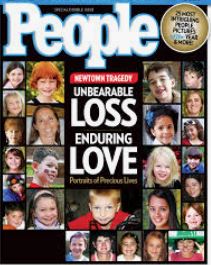


How Conspiracy Theories in the U.S. Became More Personal, More Cruel, and More Mainstream After the Sandy Hook Shootings
From Amanda J. Crawford, writing for NiemanLab…
Conspiracy theories are powerful forces in the U.S. They have damaged public health amid a global pandemic, shaken faith in the democratic process and helped spark a violent assault on the U.S. Capitol in January 2021.
These conspiracy theories are part of a dangerous misinformation crisis that has been building for years in the U.S.
American politics has long had a paranoid streak, and belief in conspiracy theories is nothing new. But as the news cycle reminds us daily, outlandish conspiracy theories born on social media now regularly achieve mainstream acceptance and are echoed by people in power.
As a journalism professor at the University of Connecticut, I have studied the misinformation around the mass shooting that took place at Sandy Hook Elementary School on Dec. 14, 2012. I consider it the first major conspiracy theory of the modern social media age, and I believe we can trace our current predicament to the tragedy’s aftermath.
Nine years ago, the Sandy Hook shooting demonstrated how fringe ideas could quickly become mainstream on social media and win support from various establishment figures — even when the conspiracy theory targeted grieving families of young students and school staff killed during the massacre.
Those who claimed the tragedy was a hoax showed up in Newtown, Connecticut, and harassed people connected to the shooting. This provided an early example of how misinformation spread on social media could cause real-world harm.
For the rest, click here.